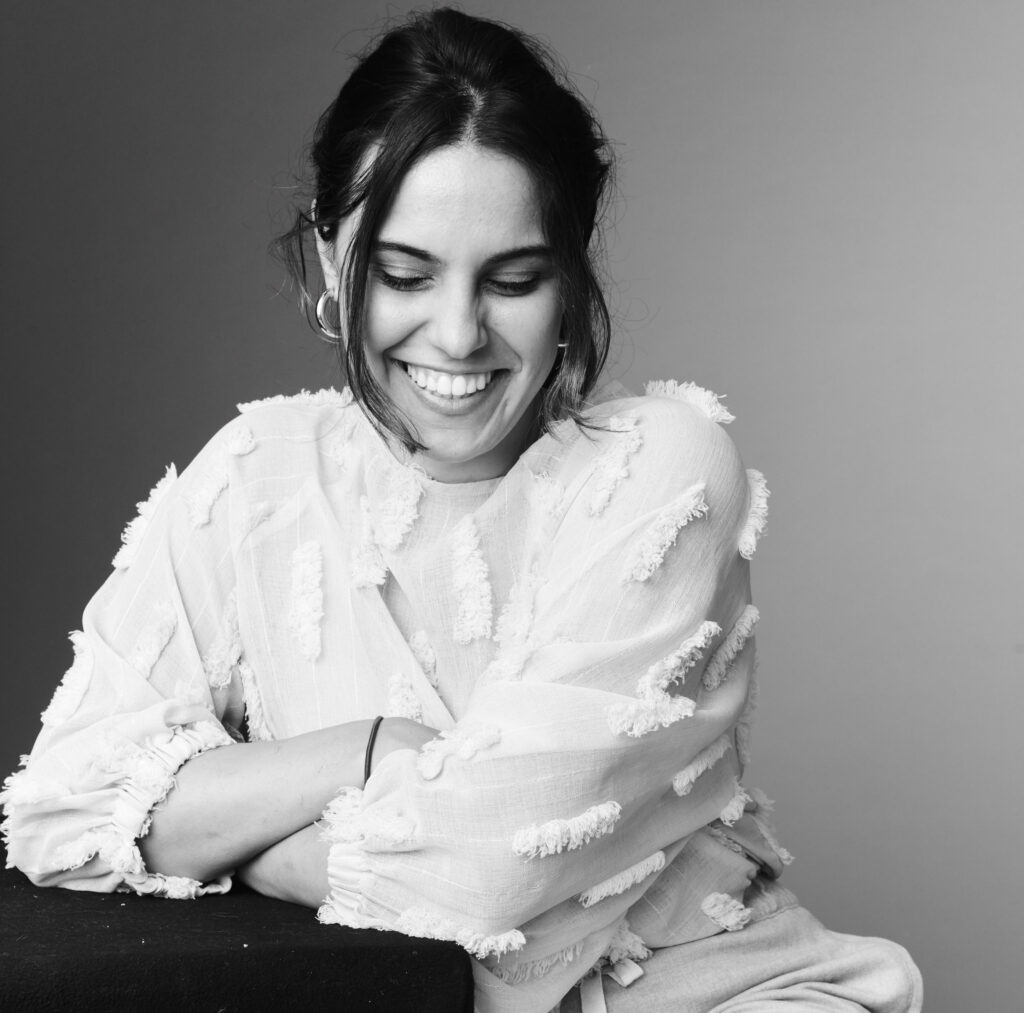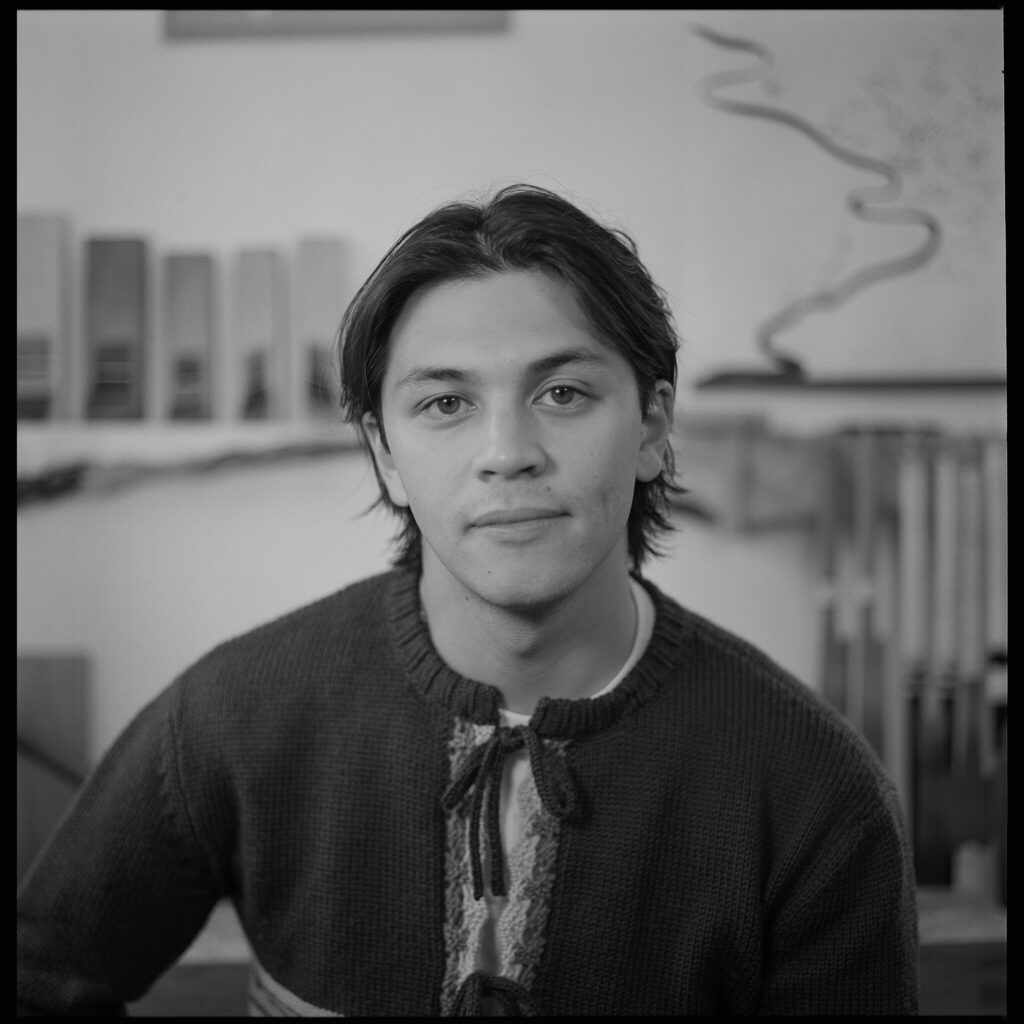The second year of Colony's Designer's Residency culminates this week on June 13th at 6PM, please join us then as we introduce the design world to four talent-packed, emerging studios. We caught up with Alara Alkan and Thomas Yang, the second half of this year's cohort, and founders of Alara Alkan Studio and Thomas Yang Studio, for a chat ahead of their launch of their collections.
ALARA ALKAN STUDIO
Alara Alkan is a New York-based designer, maker, and founder of Alara Alkan Studio. As a first generation Turkish-American, material curiosity drives her exploration of objects as manifested memories; she draws inspiration from the transformative nature of tides, wind and sunlight. Alkan teaches and guest lectures at RISD, Pratt, and Parsons.
Alara, how do you approach creating a new piece of furniture?
A: In my designs, I have continuously worked to develop pieces that do not steal attention from the material itself, rather ensuring that materiality always prevails. By highlighting the inherent qualities of each material, natural beauty and texture, I approach each piece with a neverending curiosity.
Describe the moment this collection came into focus for you.
A: My brain loves to play with what it loves, and I have a great love for tangible materials. My practice is a form of play from which comes a material in an altered/other state of itself that is refreshing and new. I believe playing with material states/forms is another way to keep them alive. I view all my works as fragments of one big, ongoing story, where my pieces are often linked or related in terms of their ideas, materials, and aesthetics, across time.
Describe both your personal and design styles.
A: There is both comfort and curiosity in bringing the force of nature into someone's home. It is not something we often come across or think about. I want my objects to carry these qualities wherever they go. They bring something within them that is inherent to their nature, as do the objects I collect and bring into my own home; they resonate with my own nature. Being a designer was never actually my intention. Looking back at how fascinated I’ve always been by objects, how things are made, materiality, colors and texture, it is no surprise that I have been a collector of things for their unique qualities. In my practice now, what fascinates me the most is pushing those qualities further in different materials.
THOMAS YANG STUDIO
Thomas Yang is a Taiwanese and Northern-Italian designer, with a background in industrial and object design. Derived from culture and memory, his exploration of hand-making methods emphasizes a philosophy of care and reverence for material and daily use.
Thomas, what was your vision for this collection/for your studio?
T: Jia-Ciasa means home in Taiwanese and Northern Italian dialects. When I began working on this collection, I wanted to create a body of work that felt familiar, yet unorthodox. Comfortable, yet alive.The collection came from a philosophy of objects I call beautifully ordinary. This philosophy is not based on the associated brands/names to the object, but on its ability to transcend time. To be used. To be cared for and loved, so much so that it is repaired and maintained year after year. The collection, and my ever-learning studio practice endeavors to create objects that will one day become beautifully ordinary.
What was the design process like for this collection?
T: My process is two-fold, first comes personal introspection into my practice, the objects I make and why I make them. Second, a collection of knowledge from others, the material, and the tool. I often ask people of other professions for critique and knowledge. An engineer may point out nuanced details, an actor may share how they animate an object, and crafts people share their knowledge of material and tradition. The design process for my Jia-Ciasa collection was difficult. My practice requires consideration of care and thought that is intrinsically tied to time as I hand-make every piece of each object, and so my process is uncertain. I draw, formfind, and attempt to move around the idea of this object.I listen to the material, challenge my understanding of it, and try to hold true to the ideologies of my personal design philosophy.
What or who were your influences?
T: To tell my story through design and craft, I needed to learn from the experts of care, love, and empathy. I have been influenced by those I love and who love me in return. My mom, dad, and sister. My grandparents. My partner. I am Influenced by the makers who have shown me ways of knowing, Sori Yanagi, an expert in folk craft, along with other Eastern Asian Americans that came before me: George Nakashima, Ruth Asawa, and Isamu Noguchi. I am also inspired by different ways of seeing: Agnes Martin, Rachel Carson, Victor Papanek, and Seamus Heaney.


